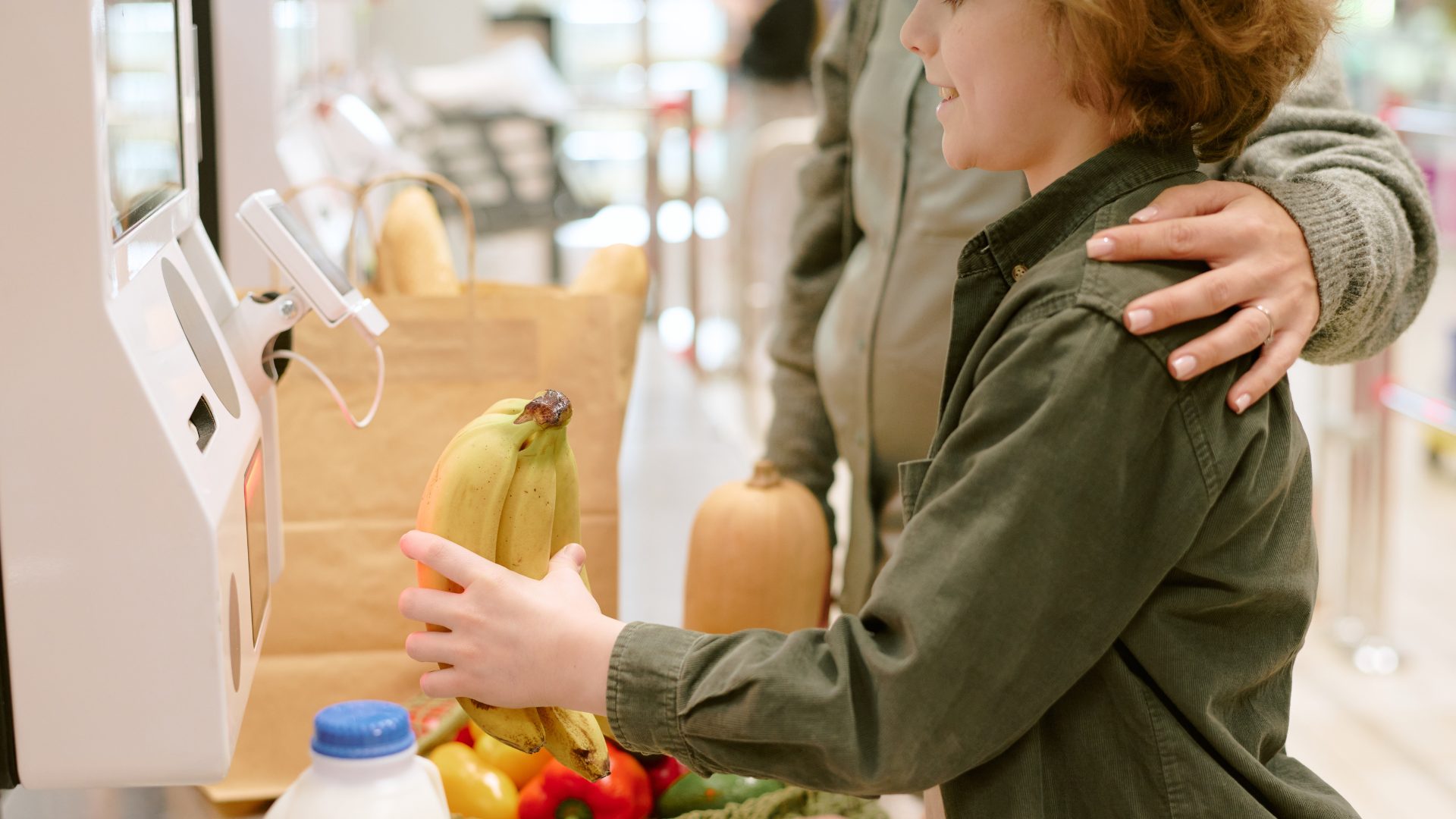Trump administration tariffs on commodities from Canada, Mexico, and China, and 25% tariffs on foreign steel and aluminum mean food and beverage stakeholders need to remain agile to ensure healthy margins.
And new levies are being announced daily – for instance, the administration signed “reciprocal” tariffs to match the tax rates that other countries charge on imports, reports AP News.
“I’ve decided for purposes of fairness that I will charge a reciprocal tariff… It’s fair to all. No other country can complain,” said President Donald Trump at the proclamation signing.
Although many of these proposed orders have been postponed, or take some time to kick in, businesses need to understand the potential impact and plan accordingly.
Tarun Chandrasekhar, president and CPO at Syndigo, spoke with The Food Institute about how different-sized businesses may be affected. He noted that the impact of tariffs on China will likely come in the form of packaged products, whereas Canada’s will affect grain and processed foods, while Mexico’s hold implications for fresh produce.
“If you’re a smaller retailer, you are seeing some of that impact. But most of the big [players] will come up with alternate supply chain options on paper” and are likely more affected, he said. Large-scale retailers are waiting to “pull the plug” on these supply chain redundancies to shield them from potential price increases.
Already companies are worried, as revealed in a recent poll from Small Business Majority. Consider:
Roughly 53% of small businesses are concerned about tariffs negatively affecting their business, and 77% note these rulings may hurt the U.S. economy.
A Peterson Institute for International Economics report revealed the concern may be warranted. It estimated that the 25% tariffs on Canada and Mexico, the 10% tariff on Canadian energy imports, and the 10% incremental tariff on Chinese goods could result in a tax increase of $1,200 per year for middle-quintile domestic households.
A Sourcing Reshuffle
In an interview with Reuters, Ahold Delhaize CEO Frans Muller illuminated some of these supply chain shifts. Should tariffs on Mexico go through, the company’s U.S. banner stores, including Food Lion and Stop & Shop, are considering sourcing from West Coast states, he revealed.
“If there would be tariffs on Mexican fruit and vegetables or Canadian paper products, then we will have an inflationary effect in those categories,” said Muller. He added, however, that many of the retail giant’s offerings are already domestically sourced.
On the other hand, CPGs like Coca-Cola are thinking through their packaging strategy in the face of prospective tariffs on aluminum.
“As it relates to our strategies around ensuring affordability and ensuring consumer demand, if one package suffers some increase in input costs, we continue to have other packaging offerings that will allow us to compete in the affordability space,” Coca-Cola CEO James Quincey told investors in a recent call, reported The Guardian.
“For example, if aluminum cans become more expensive, we can put more emphasis on PET [plastic] bottles, etc.”
Chandrasekhar explained that these sourcing shifts may create problems and opportunities in the grocery space.
“Businesses are worried about maintaining consumer trust. It’s not a high-margin business, and the ones who have created differentiation created it based on the quality of the product,” Chandrasekhar said. Compelling companies to change their suppliers could lead to increased competition for domestic, high-quality suppliers.
The good news is, for many brands who began thinking about their ethical sourcing initiatives and sustainability goals, much of the groundwork has already been laid: these businesses know where their ingredients are coming from, how much it’s costing them, and, in some cases, have even begun spearheading strategies to find alternative channels for these commodities.
Similarly, local “farm-to-table” initiatives present manifold opportunities to evade tariff price increases while investing in sustainable practices.
As a result, Chandrasekhar noted that the U.S. may continue to see support for local sourcing, even from bigger grocers following in the footsteps of Sprouts Farmer’s Market and Whole Foods.
The Role Data Plays in Developing a Strategy
For many F&B stakeholders, pricing adjustments will have to be made, often requiring speedier implementation.
High-quality data about input prices and purchasing trends will help ensure margins; however, Chandrasekhar noted that many of these algorithms are proactive and seasonal. On the other hand, external factors, like tariff implications, will likely not be seamlessly integrated into a company’s pricing strategy.
“Now [pricing] is extremely reactionary because it is going to be dependent on inventory and the actual consumption of those goods,” he said. “My gut call is that middle market players will react better to these shifts” than larger enterprises who must simplify internal approval processes.
Any events that threaten margins showcase the need for businesses to innovate by implementing technologies to streamline operations. Automation, for example, can help decrease overhead costs, allowing businesses to more easily eat price increases of a commodity without passing them onto consumers.
“Every time we feel pressure, tariffs are just one of them… most companies have realized that managing information and disseminating it effectively allows them to win at every channel,” he said.
The Food Institute Podcast
When it comes to data in the food-away-from home sector, what are the major challenges and opportunities companies are facing today? Tibersoft’s Chris Hart joined The Food Institute Podcast to discuss how collaboration and data interoperability will be a key theme for the foodservice sector in the years to come.












